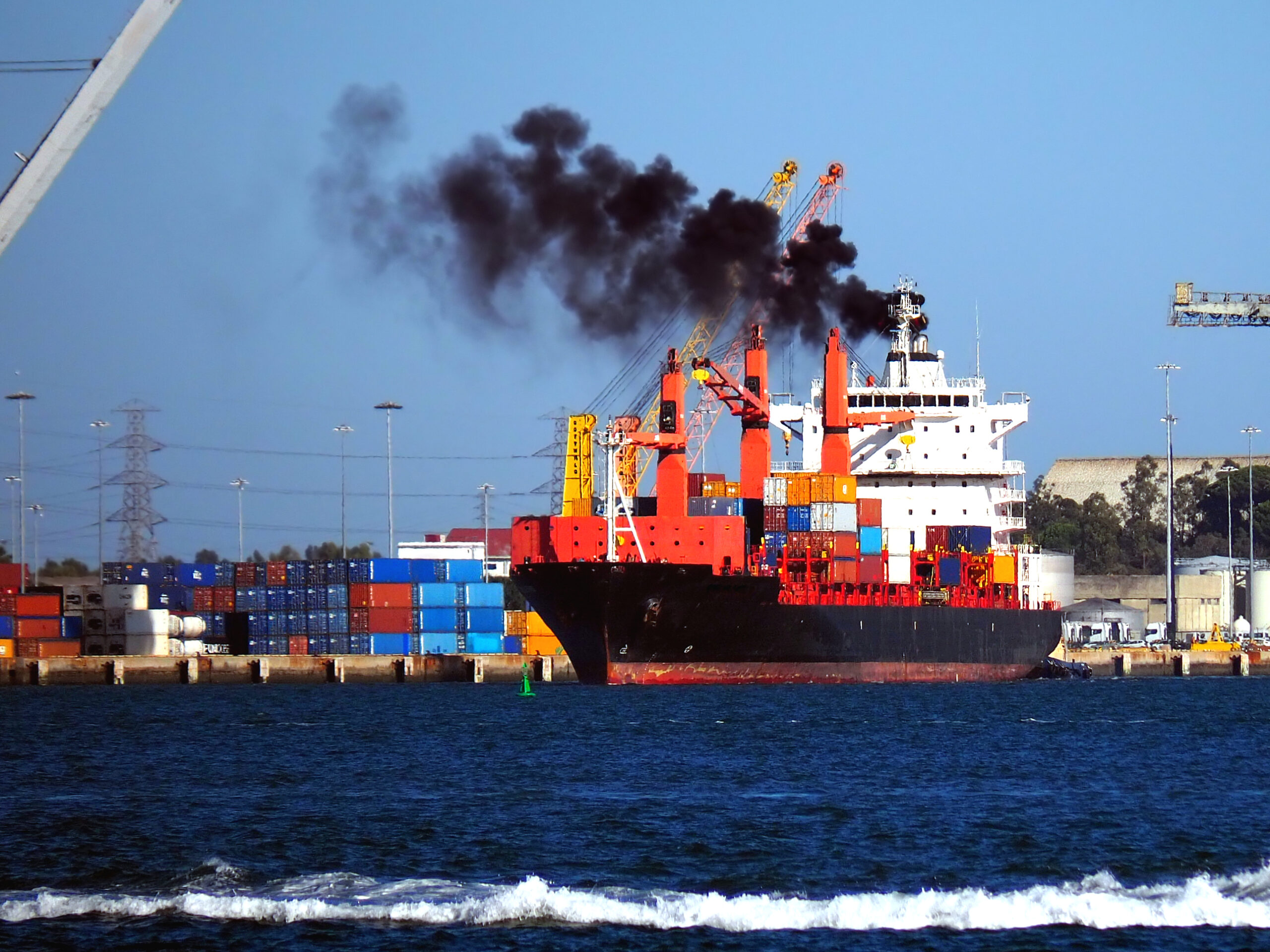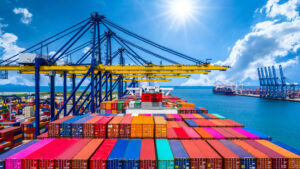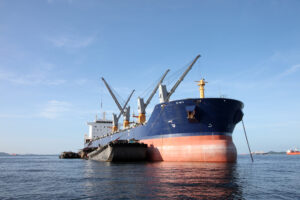Just four of Europe’s 30 biggest ports have invested in at least half of the required shoreside electric infrastructure, which would drastically reduce air pollution and CO2 emissions when ships are at port, according to Brussels-based Transport & Environment (T&E).
Europe’s ports are failing to tackle toxic air pollution, a new study looking at major European ports shows.
The study carried out by DNV, on behalf of T&E, shows that to date just 20% of the EU’s required electric shore power infrastructure has been installed or commissioned in major ports, meaning most container ships, cruise ships and ferries continue to run on fossil fuels while docked.
Of the 31 ports studied, only four have installed or contracted more than half of the required connections.
Over 6% of the EU maritime CO2 emissions come from ships running on fossil fuels at ports. Alongside CO2, ships also emit high amounts of sulphur oxides, nitrogen oxides and particulate matter, which have significant effects on human health.
As part of the EU Green Deal, EU ports are required to provide shore-side electricity to ships by 2030. But installing shore-side plug in connections today would already improve air pollution in port cities.
Inesa Ulichina, shipping policy officer at T&E, said: “Ports are failing local residents and passengers by allowing unnecessary pollution from idling ships. Electric plug-in technology is available and would reduce shipping’s impact on local air pollution and the climate overnight. For shipping segments that spend a lot of time at ports like cruise ships, plugging in would be a gamechanger.”
Because they spend significantly more time at berth, cruise ships produce more than six times more port-side emissions than container ships. “Plugging in at port would eliminate almost all of it and cut the ship’s total yearly emissions by a fifth,” the T&E says.
T&E calls on the EU to bring forward shore power requirements for cruise ships to 2028, ensure ports can earn clean energy credits when ships plug in, dedicate more EU funding for port electrification, and expand the rules to cover all polluting ships, not just the largest passenger and container ships.



